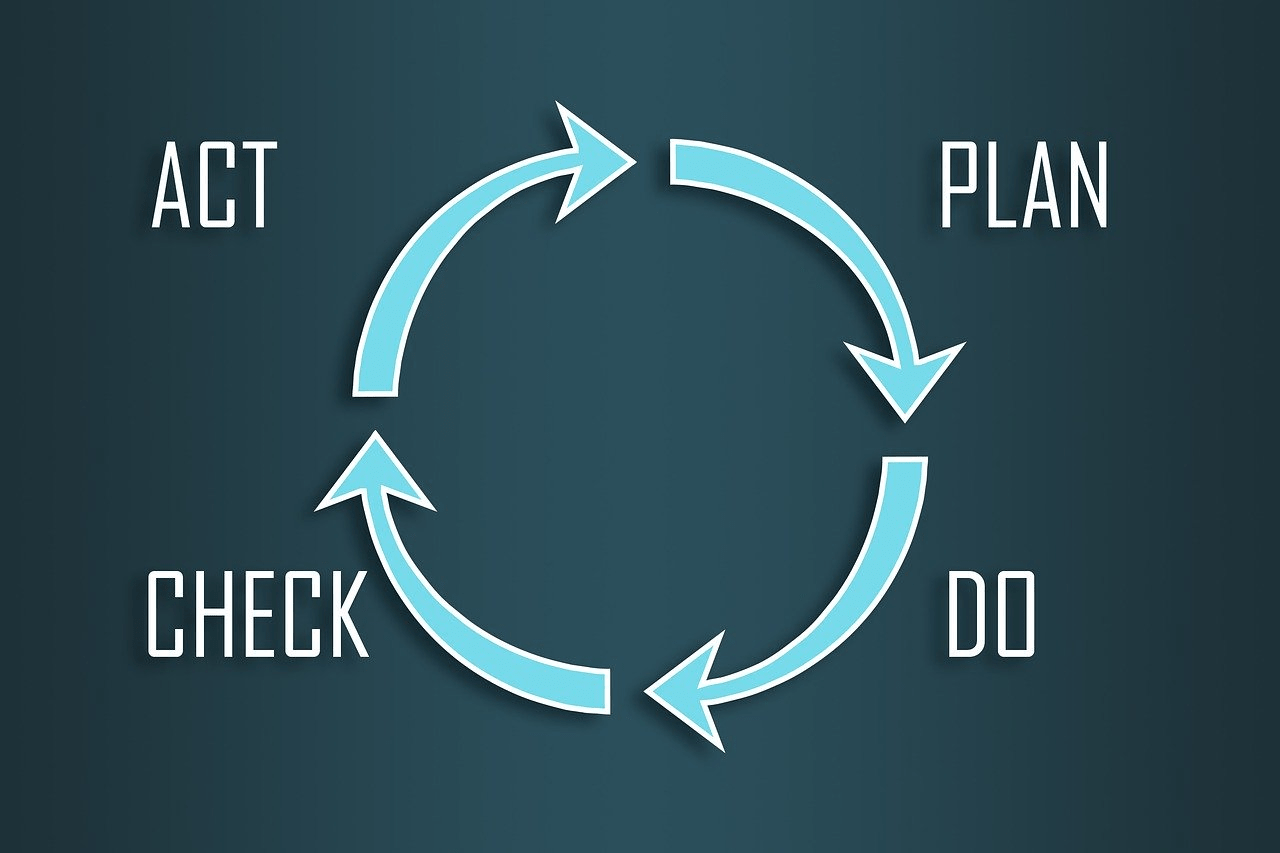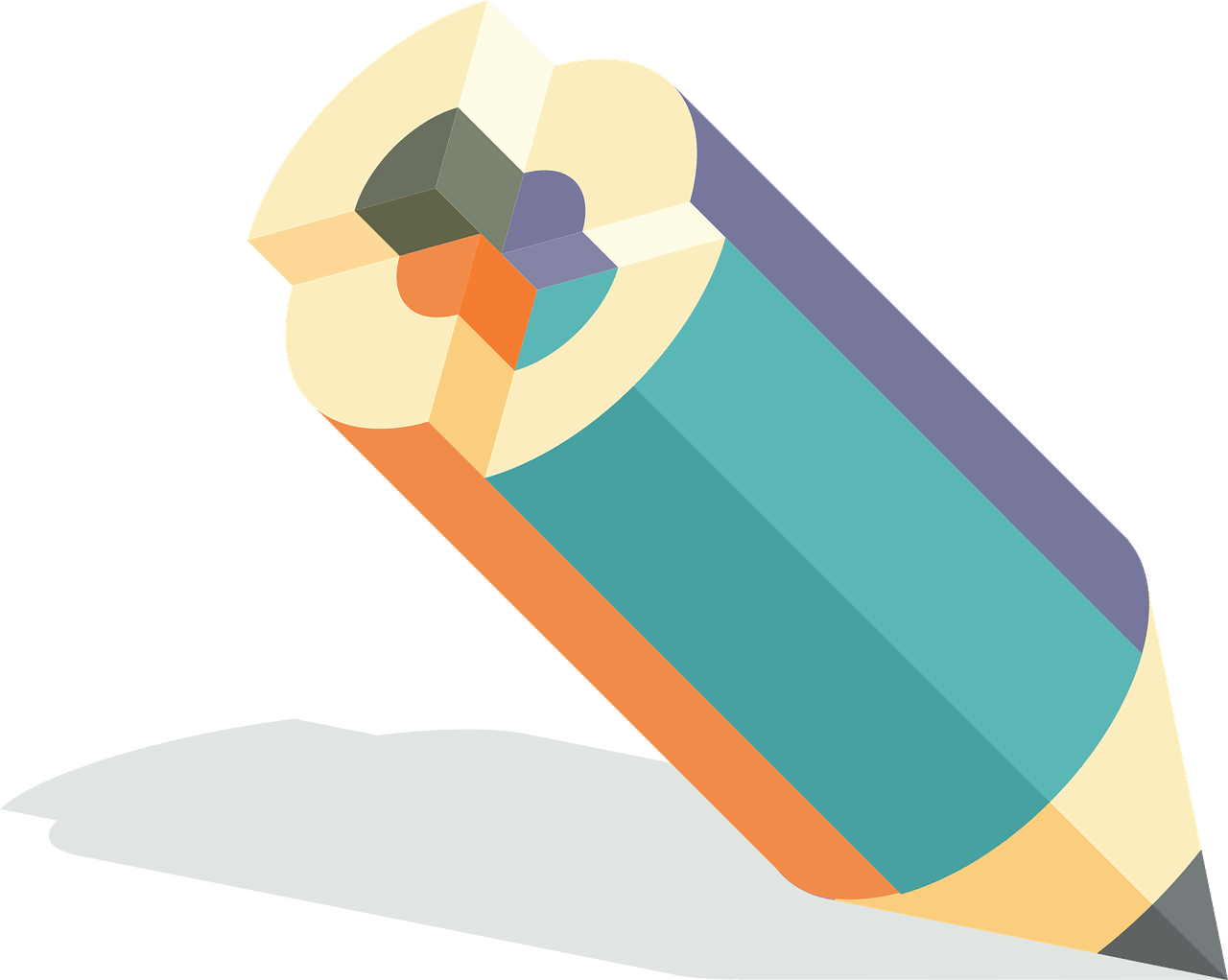What is a project Framework? Let’s try to learn it together.
A strong reason why project management is increasing in virtually all sectors is because the world economy has become project-focused.
CONTENTS
- The six stages of the Project Framework
- Project framework 1. Initiation phase
- Project framework 2. Planning phase
- Project framework 3. Execution phase
- Project framework 4. Control phase
- Project framework 5. Evaluation phase
- Project framework 6. Resolution phase
- Project management framework in depth
- Critical Chain Project Management (CCPM)
- Lean
- Extreme Project Management / Megaproject (XPM)
- Scrum
- Waterfall
- Why are there so many project management frameworks?
Basically, everything that is not considered a routine operation is a project.
Therefore, by adopting project management frameworks and strategies – such as the establishment of clear results and the definition of a work programme – operations can be managed more effectively.
Project management in organizations is no longer an extra, but rather a priority and, in some cases, an essential part.
While the role of the project manager has changed radically over the past decade, largely due to rising technologies, the bases remain the same.
The six stages of the Project Framework
An example of one of the main tools that every project manager uses is the project management framework.
This framework integrates a number of tools and processes to ensure that a project runs smoothly from start to finish.
Depending on the company, this framework may have different names for different phases, but the six phases that comprise all the basic elements are:
Project framework 1. Initiation phase
This phase concerns the launch of a project.
Here stakeholders, the scope and objectives are defined and the requirements of the project are set out. It is during this phase that the feasibility of the project is measured.
The main end result of this phase is the start of the project.
Project framework 2. Planning phase
This is the moment when all decisions are finalized and the project roadmap is developed.
The team develops a project plan and a corresponding timeline and determines which materials and resources will be needed to successfully conclude the project.
It also identifies potential threats that could delay the end of the project or prevent activities from being completed on budget.
The final result in this phase is the development of a project plan.
Project framework 3. Execution phase
The project progresses here from design to development.
This is often the lengthiest phase of the framework and involves developing the results according to the project plan.
Here, the team will often use status reports and hold regular meetings with sponsors and key stakeholders to assess progress.
The main end result at this stage is to obtain approval of the planned product or service.
Project framework 4. Control phase
This is the tuning phase in which project stakeholders will take corrective action in response to deviations from budget, timing and scope.
The project manager could re-evaluate resource levels, monitor project objectives, and arrange meetings with stakeholders to approve changes.
The main outcome at this stage is the reporting of progress.
Project framework 5. Evaluation phase
It is at this phase of the Framework that the performance of the project as a whole is reviewed.
The project manager will use key performance indicators to determine whether the project is well on track or not.
The factors that will be monitored include, but are not limited to:
- if the project is within budget;
- if the project follows the established schedule;
- any change in the scope of the project.
The main end result at this phase is the measurement of project performance and progression.
Project framework 6. Resolution phase
A successful project ends – successfully – when it achieves all the expected results.
The lessons learned will then be collected and documented in a special paper.
This paper provides an opportunity to learn from the mistakes of the past (lesson learned) and implement successful processes for future projects.

Thus, these are the six basic phases of a project management framework.
Clearly, traditional project management processes are constantly evolving with the adoption of new practices.
Finding the right balance between the adoption of new modern tools and established classical methodologies is and will be a great challenge for project managers.
Project management framework in depth
The PMBOK Guide describes a project management framework as a basic structure for understanding project management.
Different frameworks are available and project managers will choose the one that works best for the project within their organization.
In some cases, organizations leverage multiple frameworks depending on the departmental unit or project type.
Let’s see what some of the most popular project frameworks are.
Critical Chain Project Management (CCPM)
The CCPM is designed to address the uncertainties inherent in project management.
This method focuses on resource allocation, including personnel, skills, management and capabilities during the project.
The aim is to maintain the workload level for all resources.
Lean
The key concept of Lean project management is to deliver high value with minimal waste.
The Lean method aims to achieve this through standardization, maximum compatibility, safety, repeatability, interoperability and quality.
Lean often employs the Six Sigma methodology, which is geared towards improving quality by eliminating defects, standardizing and formalizing processes.
Extreme Project Management / Megaproject (XPM)
Extreme Project Management (XPM) is a framework designed to meet the needs of very complex and often highly flexible projects.
XPM is more about stakeholder management than about the timing of activities.
In a traditional project, the result is much less complex, the change is expensive and therefore minimized, the technology is assumed to remain largely unchanged and the project is driven by the project plan.
This is not particularly suitable in high technology environments where change is a constant because the technology is constantly evolving.
XPM is therefore characterized by very short development (sprint) periods of two weeks or less.
Scrum
The Scrum method is also based on short sprints, although Scrum sprints are longer than XPM sprints and generally last two to four weeks.
Waterfall
The Waterfall methodology is generally recognized as a traditional approach to project management.
Waterfall is based on the idea that everything happens in sequence, with one phase of a project ending before the start of another.
Why are there so many project management frameworks?
Every framework has its own strengths and weaknesses, but, above all, every project has its own needs and requires specific resources.
Some elements that can determine which framework to use are the type of activity, the unique nature of the projects and the different departments involved.
A project manager must therefore be aware of what the project management frameworks are and must be able to identify which one is best suited to each occasion.
Only by choosing the right framework can a project be carried out successfully, respecting the corporate culture and the ultimate goal of the organization.




